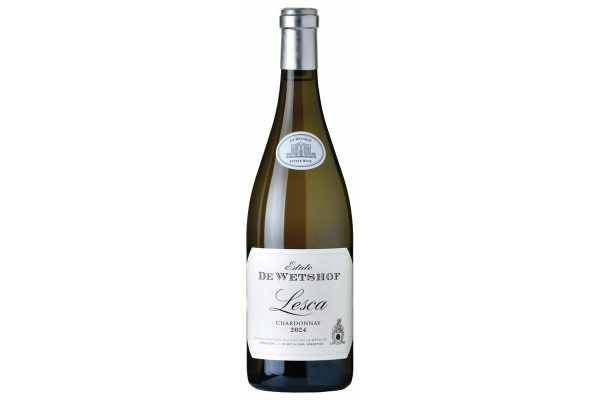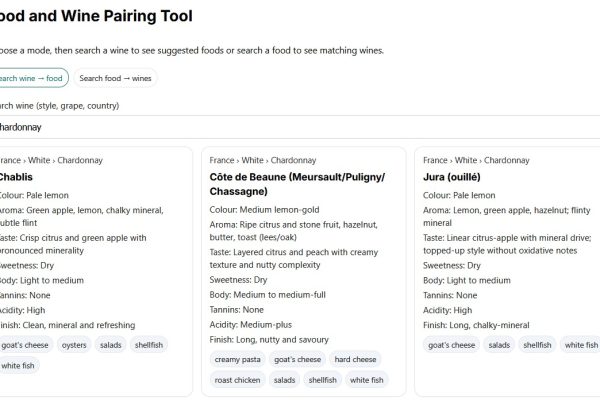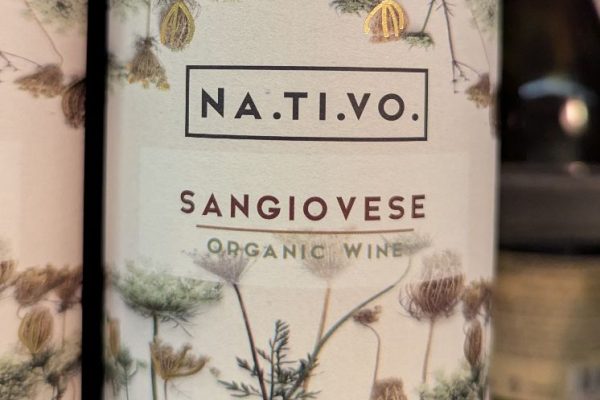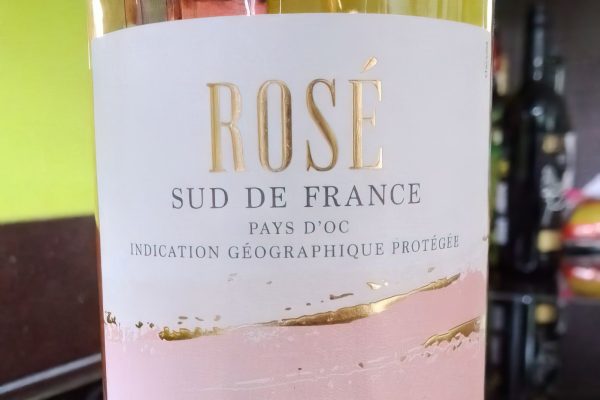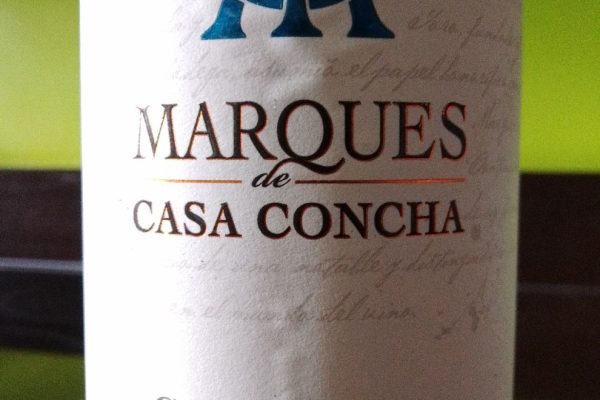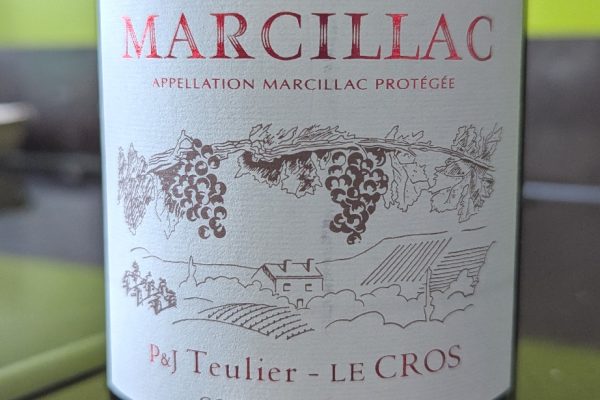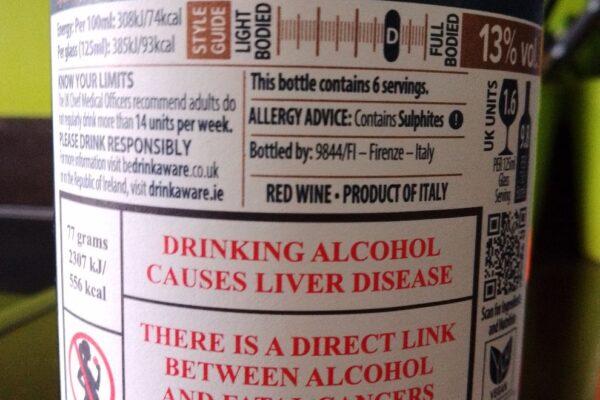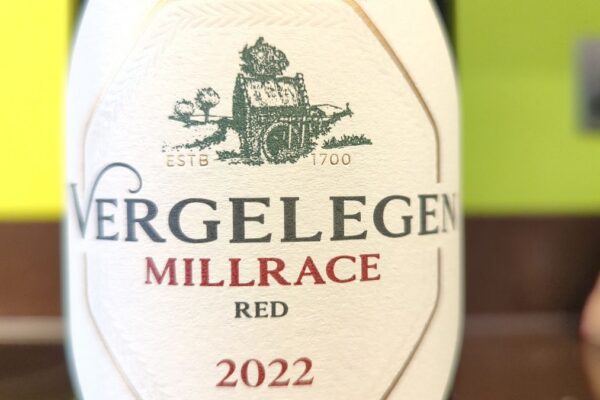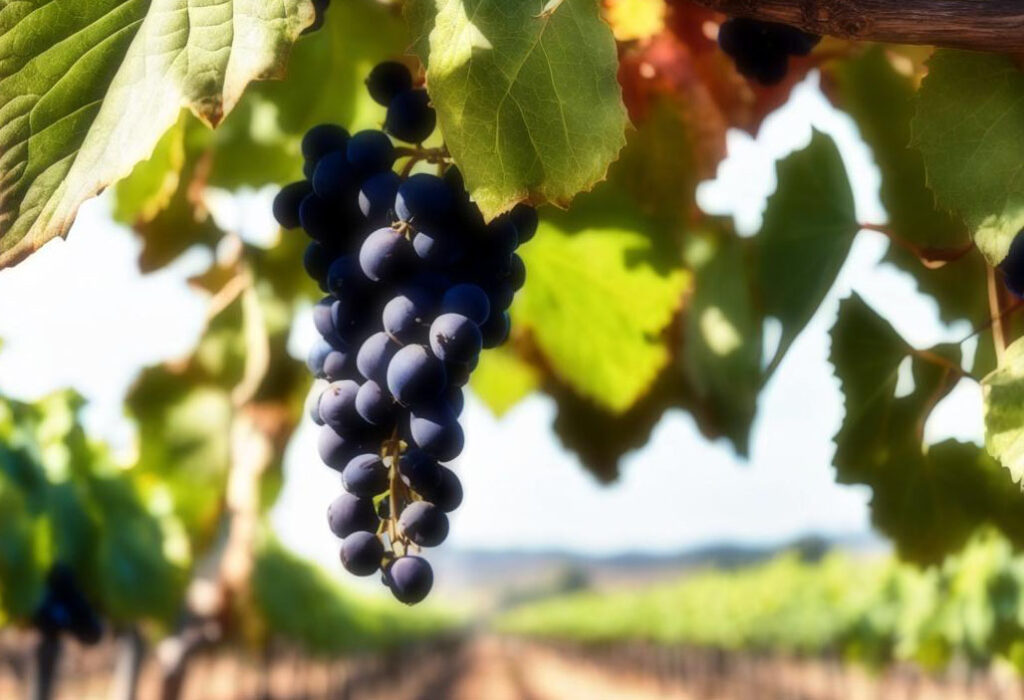
You might sometimes encounter wine descriptions or labels mentioning the use of ‘native yeasts’. This refers to microorganisms naturally found on grape skins or in the vineyard environment. Yeasts play a crucial role in influencing the wine’s aroma and flavour.
A new study provides insights into the otherwise widespread use of commercially available yeast strains by many winemakers. These commercial yeasts are engineered for predictable performance, enabling precise control over fermentation and ensuring consistent results year after year. This practice standardises wine production but is thought to diminish the expression of terroir, the unique interplay of soil, climate and local biodiversity that defines a wine’s regional character. But is this really the case or is it folklore?
The study focuses on the Douro wine region, where terroir is central to its identity. Researchers explored whether native yeast strains, specifically Saccharomyces cerevisiae isolated from local vineyards, could preserve and enhance the region’s distinctive qualities. By comparing wines fermented with native yeasts to those produced with commercial strains, the researchers demonstrated that native yeasts do indeed contribute unique volatile profiles that are deeply tied to the region’s cultivars, such as Sousão, Touriga Nacional, and Viosinho.
Native yeasts were shown to enhance the expression of region-specific aromatic compounds, such as monoterpenols, norisoprenoids, and certain alcohols, which are key to defining the Douro’s wine character. Their ability to maintain these traits under varying fermentation conditions highlights their adaptability and potential for industrial-scale use. The study underscores that the reliance on native yeasts not only preserves the terroir but also offers winemakers a way to innovate while staying true to their region’s heritage.
By embracing native yeasts, producers can break away from the homogenisation caused by commercial strains, restoring the individuality and authenticity of their wines. This approach aligns with the growing consumer demand for wines that authentically reflect their origin.




